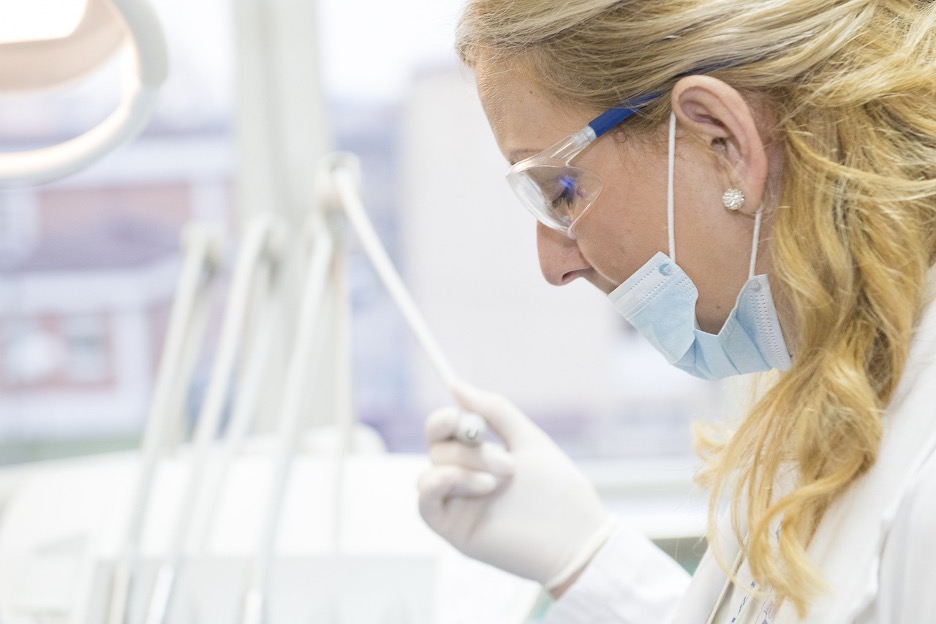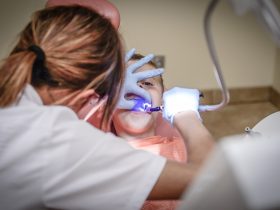Technology has changed modern-day healthcare as we know it. The latest innovations, gadgets, and devices have made it easier for patients to connect to hospitals and get the help they need. At the same time, these digital advancements have streamlined how medical providers handle their workload by automating the process. As a result, patients can get a healthcare checkup within minutes instead of waiting hours to patch through to the doctor.
Additionally, these tech-savvy tools have reduced medical errors, allowed patients more autonomy with their health, and provided solutions for diseases like Ebola right away. With the help of AI, VR, and even medical fitness trackers like smartwatches becoming mainstream, it is vital to investigate how technology is reshaping this booming industry, so here’s what you need to know:
1. Reduced medical errors
Treating a patient is a delicate process. A medical caregiver must carefully design a treatment route suitable for the patient’s condition and ensure they receive the appropriate medication. However, despite knowing this fact, numerous medical mishaps occur annually. According to the FDA, in 2019, more than 100,000 reports on medication errors every year. This happens for many reasons, including not accounting for the patient’s allergies, overdosing, and prescription errors.
For any patient getting the wrong dosage or medication can be risky; it can lead to unwanted side effects that can be fatal. Therefore, the only practical solution for this pressing issue is to use a medical barcode scanner to confirm if the prescribed medication matches the patient’s chart. This device connects with the hospital’s database within seconds, allowing it to synchronize with the electronic health charts. In this manner, a pharmacist or nurse scans the unique barcode on every medication and ensures the correct medication matches the patient. Consequently, this reduces the number of wrong prescriptions that get processed.
2. Easy to manage patient vitals
Monitoring a patient’s vital signs is integral to the healthcare routine. Whether they come in for a routine checkup or get wheeled into the emergency, it is imperative to ensure the patient is doing well. But checking a patient’s blood pressure, oxygen saturation, and temperature requires different devices that need timely maintenance for an accurate reading. For this reason, an invention like a palm-sized medical tricorder is becoming increasingly popular among doctors to keep up with a patient’s health.
For example, the Biosticker from BioIntelliSense is an FDA-approved tool that allows healthcare practitioners to measure the patient’s respiratory rate, skin temperature, and heart rate from one machine. Likewise, the Viacom Check Me pro can get strapped around a patient’s wrist to consistently check their ECG, oxygen saturation, and blood pressure and immediately alert the doctor if these levels dip. Smartwatches also come under the same category.
By 2025 one in every five Americans will be using a medical fitness tracker to keep up with their health. These gadgets have tools like fall detection, sleep monitors, and heart rate activity, which alarms the patient when it detects unusual activity in their beats. The latest version of these products can also connect the patient to emergency services by providing their location if they’re experiencing an episode.
3. Continued implementation of 3D printing
3D printing is an essential component in healthcare today. There are many wide-scale applications of this innovation, including creating prosthetics and implants used in drug discovery. Consequently, patients get treated immediately and don’t have to wait for a donor. Similarly, the artificial limbs produced through 3D printing are lightweight, easy to wear, and custom-built for every patient.
While the FDA doesn’t regulate 3D printers, it controls the products produced with these gadgets. Class one devices are low-risk products such as band-aids, class two are moderate-risk tools such as infusion pumps, and class three are high-risk products such as pacemakers. So whether a patient needs help with skin grafting, implants in their hips, knees, or spine, or requires dental assistance, 3D printing can provide a fast solution effectively.
4. Predict future outbreaks
Microorganisms like bacteria and viruses are responsible for some of the most severe illnesses like pneumonia, Ebola, and recently the Coronavirus. Once the infection spreads, containing them is challenging without proper medication and vaccines. But, mass-producing this medicine takes time and requires extensive funding and research before they are safe for usage. As a result, the population is left in a vulnerable position trying to fend off the disease and use medication that still needs more drug trials.
So, online databases and predictive analysis can catalyze the process of deducing the conditions for which the global population is at risk. Researchers use older data from a hospital and public health records and study the pattern that emerges from collecting and putting this information together.
For instance, using predictive analysis, the healthcare sector can predict when there may be a possible flu outbreak and take the necessary preventative measures to save the population from falling sick. These include getting enough medications, issuing guidelines on managing flu, and reminding patients to get their shots before time. On a larger scale, this information can get shared globally, leading to an exchange of resources, ultimately preventing the infection from becoming highly potent.
5. Less invasive treatment options
Technology has improved the safety of many dangerous medical procedures. There was a time when methods like open-heart surgeries were once the only possible treatment route while dealing with heart complications. For patients, these extensive surgical routes were painful, required more extended time to heal, and the usage of numerous medications led to unwanted side effects. Now, minimally invasive treatment options like lasers are more common. This technological innovation is much safer, doesn’t impact the patient’s lifestyle severely, and heals in no time, reducing extended hospital stays.
Conclusion
Technology is a valuable resource for many industries, including the healthcare sector. It has made it easier for healthcare professionals to provide optimal care with minor mishaps. Common examples of practical tools include barcode readers to match medication, palm-sized devices to check vital signs, the increased dependency on 3D printing, and using AI to keep tabs on future diseases. Likewise, technology has also reduced the need for invasive treatment routes and replaced them with shorter and faster techniques that can carry out the operation without risking the patient’s life.







